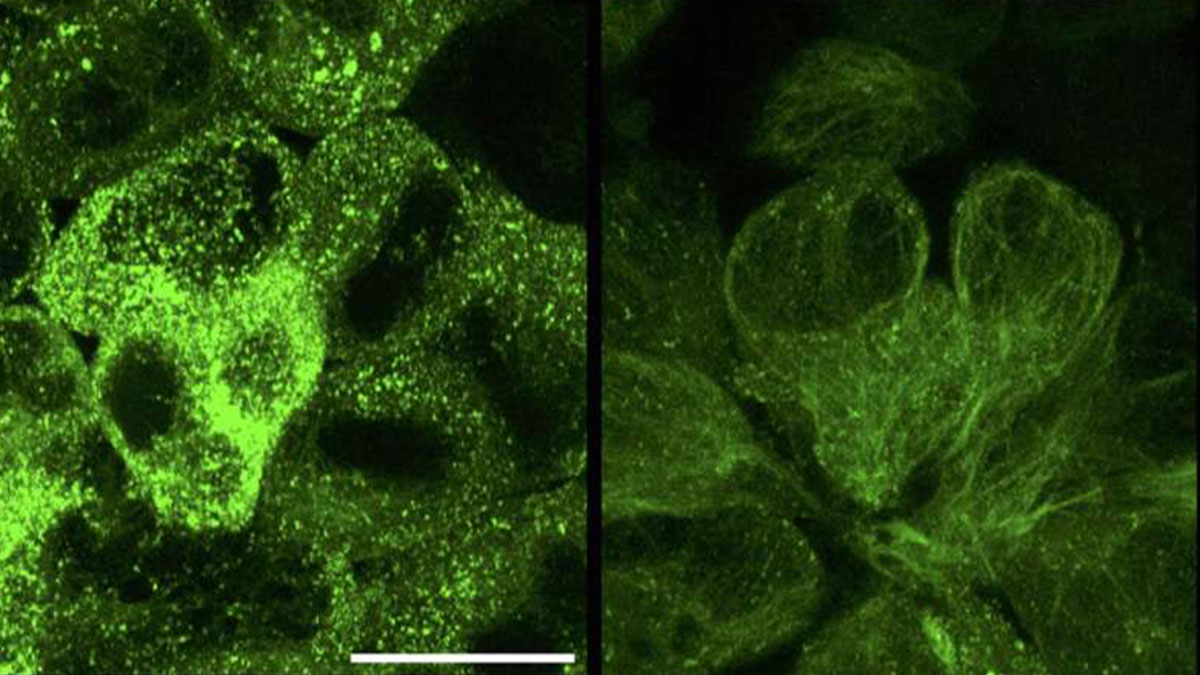
A recent breakthrough in Alzheimer’s research offers hope for tackling tau tangles, a key contributor to the disease. Scientists from the UK have developed a promising new therapy that specifically targets and destroys these harmful protein aggregates, potentially offering significant benefits for patients with Alzheimer’s and other neurodegenerative conditions.
Understanding Tau Tangles
Tau tangles are abnormal clumps of tau protein found inside brain cells in people with Alzheimer’s disease. Unlike amyloid plaques, which form outside cells and are targeted by some current treatments, tau tangles accumulate within cells. This makes them challenging to treat with traditional therapies.
How the New Therapy Works
Researchers have developed a novel approach using the TRIM21 protein to address tau tangles. Here’s a simplified breakdown of the process:
1. Role of TRIM21
TRIM21 is an immune system protein known for helping to eliminate viruses. Scientists have adapted TRIM21 to target tau tangles specifically:
- Selective Destruction: TRIM21 targets only the tau tangles associated with Alzheimer’s disease, sparing healthy tau proteins.
- Removal of Existing Tangles: The therapy not only prevents new tangles from forming but also clears existing tau tangles from the brain.
2. Innovative Therapeutic Approaches
The research introduced two key therapeutic methods:
- RING-nanobody: This combines a small, tau-binding antibody (nanobody) with TRIM21. The combination helps to identify and destroy tau tangles effectively.
- RING-Bait: This method involves attaching a copy of tau protein to TRIM21. The tau aggregates take up this “bait,” leading to their destruction.
Study Findings
The new therapies have shown promising results in recent studies published in Cell and Science:
- Mice Studies: In experiments with older mice, the therapies successfully reduced tau tangles and improved motor function.
- Disease Impact: The therapies demonstrated potential in slowing down the progression of neurodegenerative symptoms.
Broader Potential
These therapies might also benefit other diseases caused by similar protein aggregation, such as:
- Motor Neuron Disease
- Huntington’s Disease
- Parkinson’s Disease
Future Directions
While the results are encouraging, several steps remain before these therapies can be used in humans:
- Clinical Trials: More research is needed to test the therapies in human trials to ensure their safety and effectiveness.
- Delivery Challenges: Developing methods to deliver these therapies effectively to the human brain is a significant hurdle.
Conclusion
The TRIM21-based therapies represent a major advance in Alzheimer’s treatment by specifically targeting and destroying tau tangles. This innovative approach has the potential to transform how neurodegenerative diseases are managed. Ongoing research and development are crucial to bringing these promising therapies to clinical use.
References
- “New therapy that targets and destroys tau tangles: A promising Alzheimer’s disease treatment,” published in Cell and Science.
- UK Dementia Research Institute (UK DRI), University of Cambridge.
- Medical Research Council Laboratory of Molecular Biology (MRC LMB), Cambridge, UK.
